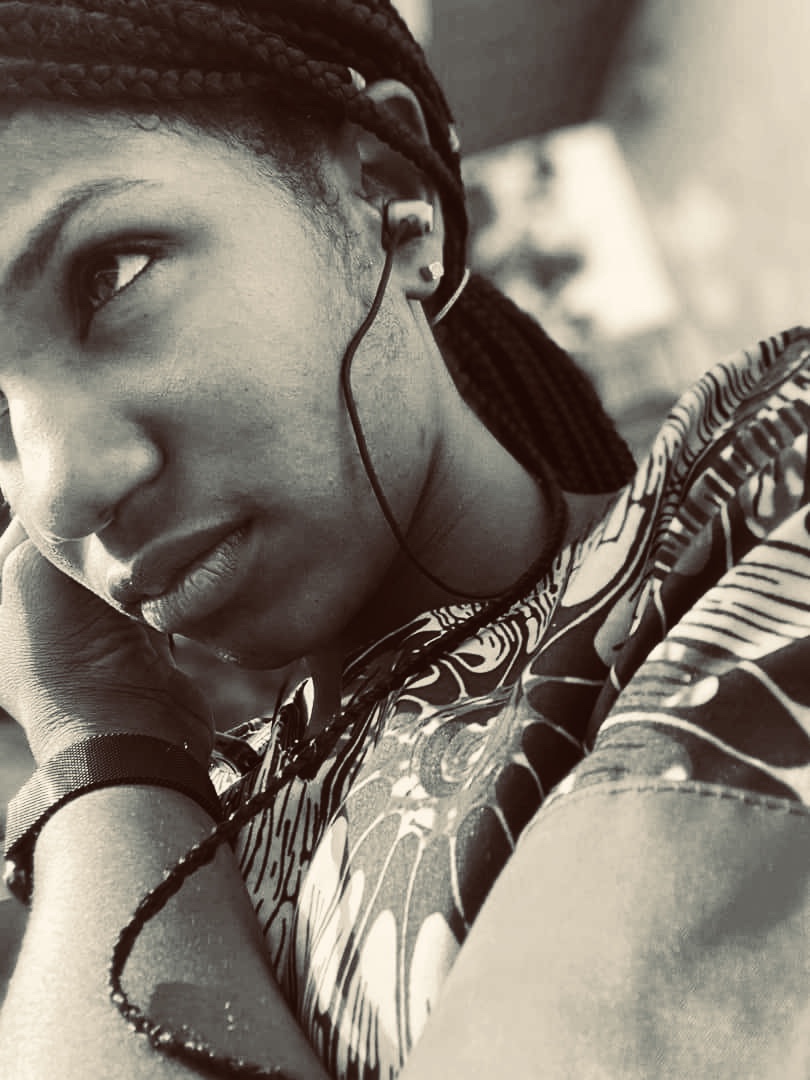I Felt My Life With Both My Hands
I felt my life with both my hands
To see if it was there—
I held my spirit to the Glass,
To prove it possibler—
To see if it was there—
I held my spirit to the Glass,
To prove it possibler—

I turned my Being round and round
And paused at every pound
To ask the Owner's name—
For doubt, that I should know the Sound—
And paused at every pound
To ask the Owner's name—
For doubt, that I should know the Sound—
I judged my features—jarred my hair—
I pushed my dimples by, and waited—
If they—twinkled back—
Conviction might, of me—
I pushed my dimples by, and waited—
If they—twinkled back—
Conviction might, of me—
I told myself, "Take Courage, Friend—
That—was a former time—
But we might learn to like the Heaven,
As well as our Old Home!"
That—was a former time—
But we might learn to like the Heaven,
As well as our Old Home!"
Analysis/ Review of the poem.
This poem shares themes of identity and self-exploration. It explores the uncertainty of existence through introspection. The poet physically examines their body and speculates about the nature of their spirit. They question their identity and existence, seeking reassurance through self-examination. The poem's language is deliberate and precise, conveying a sense of isolation and the longing for certainty. It is a poem of sixteen line with four stanzas, encompass quartarin in each stanza each. It is written in narrative form with little metaphor applied.
It’s a very visual poem. The poet describes all the things she did to find out just who she was—and if she bore any resemblance to the person she was before her travails. First she feels her life “with both my hands” to make sure it was still there. Maybe, as in “It was not Death,” she was in some unknown state. She then holds her spirit, or soul, up to the mirror to see if it could possibly still exist. She then twirls her “Being” around, stopping regularly to ask what name the body once went by—because she wasn’t quite sure she’d recognize it if she heard it mentioned casually.
In conclusion, convey to her audiences , in the most memorable way she can, feelings or ideas of self-discovery and the search for meaning in life, which every youths should learn from and reflect on their lives.

